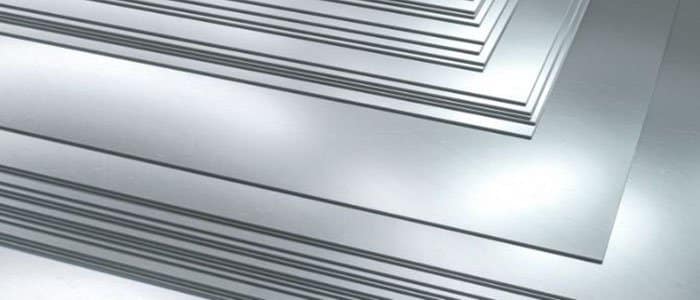When selecting materials for corrosive environments or high-performance applications, engineers often narrow down choices to two heavyweights: Hastelloy C276 and titanium alloys. Both are premium materials with unique strengths, but choosing the right one depends on specific project requirements. Here’s a no-nonsense breakdown based on real-world industrial insights.
Corrosion Resistance: Who Wins?
Hastelloy C276 is a nickel-molybdenum-chromium superalloy engineered specifically for extreme corrosion resistance. It excels in:
Acidic environments: Sulfuric acid, hydrochloric acid, and acetic acid (even at high concentrations and temperatures).
Chloride-rich scenarios: Resistant to pitting, crevice corrosion, and stress corrosion cracking.
Oxidizing and reducing conditions: Maintains performance in mixed chemical exposures.
Titanium alloys (e.g., Grade 5/6Al-4V) are also corrosion-resistant but shine in:
Chloride environments: Passive oxide layer protects against seawater and chlorides (common in marine or chemical industries).
Oxidizing acids: Handles nitric acid well but struggles with hydrochloric or sulfuric acid (unlike Hastelloy C276).
High-temperature oxidation: Forms a stable oxide layer at elevated temperatures.
Verdict: Hastelloy C276 is the go-to for aggressive chemical environments, while titanium alloys dominate in chloride-rich but less acidic settings.
Strength and Weight
Titanium alloys are lightweight (density ~4.5 g/cm³) with high strength-to-weight ratios, making them ideal for:
– Aerospace components.
– Pressure vessels where weight savings matter.
Hastelloy C276 is denser (~8.9 g/cm³) and heavier but offers superior load-bearing capacity in corrosive media. It’s preferred for:
– Heavy-duty chemical reactors.
– Piping systems under high stress.
Verdict: Titanium wins for weight-sensitive applications; Hastelloy C276 for structural integrity under corrosion stress.
Temperature Tolerance: Extreme Conditions
Hastelloy C276 retains strength and corrosion resistance from cryogenic temperatures up to 1000°F (538°C), though prolonged exposure to extreme heat may reduce ductility.
Titanium alloys perform well up to 600°F (316°C); beyond this, they lose strength and oxidize rapidly. Some specialized grades (e.g., Grade 21) handle higher temps but at a premium.
Verdict: Hastelloy C276 for high-temperature corrosion resistance; titanium for moderate heat with weight savings.
Cost and Availability
Hastelloy C276 is expensive due to its complex alloying elements (nickel, molybdenum, chromium) and limited global production.
Titanium alloys are also costly but more widely available, especially in aerospace and medical industries. However, machining titanium is notoriously difficult, adding to labor costs.
Verdict: Both are premium-priced, but titanium may have a slight edge in accessibility (depending on the grade).
Machining and Weldability
Hastelloy C276 is weldable and can be machined, but it work-hardens quickly, requiring sharp tools and low speeds.
Titanium alloys are tricky: they gall easily, need inert gas shielding during welding, and demand precise speed control to avoid contamination.
Verdict: Neither is “easy” to work with, but Hastelloy C276 is slightly more forgiving for fabrication.
__________________________________________________________________________________________________
Daxun Alloy is a professional metal material supplier. Whether it is Hastelloy or titanium alloy, we have sufficient inventory of various grades. If your project needs, please contact us immediately and we will give you the best quotation.
🔧 Explore Our Alloy Products




